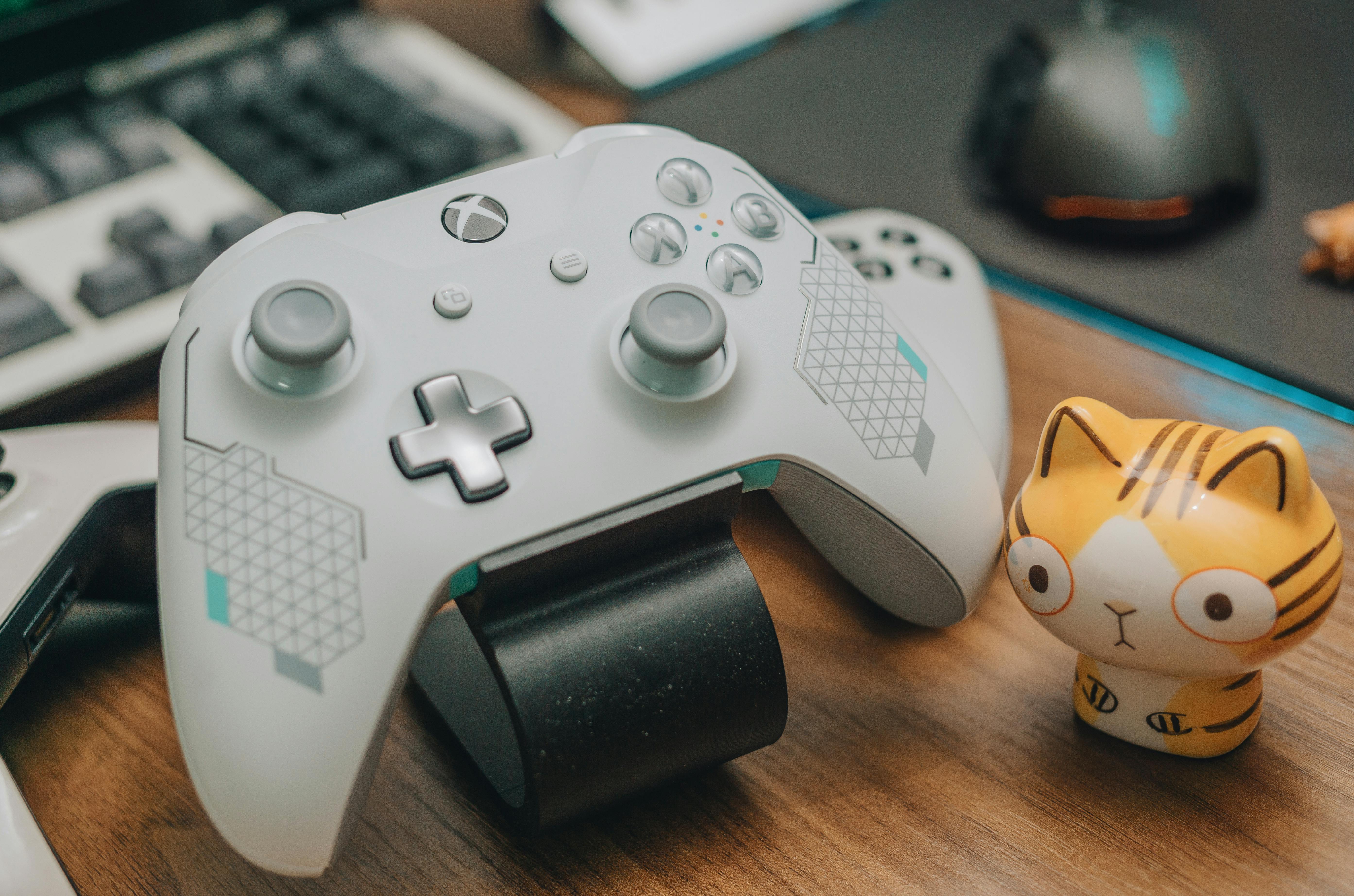In my young career, I received some brilliant agency storyboards from my executive producer. Every time this happens, I hunker down at my desk in the office and brainstorm a treatment. This is the fun part. This is when I make my money. I spend hours trying to come up with ideas that will make the ad better than it is on paper. When striking images and a narrative arc come to mind that I’d be proud of, I ask what format we’re shooting in. I can’t count how many times my hopes and dreams have been crushed when she says “HD”.
Arggghhhh! There go the beautiful vignettes. Gone are the beautiful colors and textures.
Dealing with ever lower budgets on commercials and music videos, I have been forced to use video many times. Over the past few years, my cinematographer friends and I have nearly perfected the art of making video look like film.
In the land of wannabe movies, DEPTH OF FIELD IS KING. Depth of field is the distance in front of and behind the subject that appears to be in focus. The shallower the depth of field, the less in focus objects around the subject will be. DoF allows you to shape the composition of your frames by selecting which areas will be in focus. This helps your storytelling and art direction. And it just looks better. However, there are cases where you would want deep focus such as for very wide shots.
DoF is usually the first clue that you are shooting video. That is the weakness of the video. Everything is in focus. But how do you get shallow depth of field?
The following are techniques we have used and use.
CAMERA SETUP
Shoot wide open – The larger the aperture of the camera aperture, the shallower the depth of field. The aperture size is specified by the f-stop. The higher the f-stop, the smaller the aperture and the greater the depth of field (remember that inverse relationship!). Think of your eyes (which are essentially nature’s most advanced set of lenses), when you squint to look at a distant object (reduce the aperture), you can see that it’s sharper. When your pupils dilate (open aperture), things get blurry.
Okay, enough of the tech talk. Just remember the inverse relationship: high F-Stop, small aperture, deep depth of field. We want the opposite: low F-Stop, wide aperture, shallow depth of field.
Use the long end of the lens – Get as close as you can and move the camera back. Although you won’t get the same composition because you’re changing the focal length of the lens, it will be easier to blur the background. However, using a longer lens doesn’t necessarily mean you’ll get a shallower depth of field.
24P – Nowadays, I would never shoot anything interlaced again. 24P cameras mimic the way images are captured on film. I’m not going to go much further into this. This subject has been beaten to death from the Panasonic DVX100 camera on the scene. ONLY SHOOT 24P!
diffusion filter – Throw a piece of glass on the lens. No, not just any glass. More specifically a diffusion filter. You can use Promist or Black Diffusion from Tiffen. These filters soften the image a bit and save you from the harshness of the video. As a bonus, your actors will love you. 🙂
Adjust shutter speed – Video is usually set to a shutter speed of 1/60. Movie records at 1/48. So if you want to emulate film, obviously shoot at 1/48. Doing so adds a bit of motion blur to the images, which is a good thing since video is inherently very sharp.
Spectrum – A camera’s sensitivity to bright and dark areas of a scene is called gamma. Film provides a much wider latitude between bright and dark areas. The video does not. That’s why bright areas of the video fade quickly and dark areas quickly lose details. More advanced video cameras allow you to modify the gamma to some extent. Stretch it a bit to get closer to the film.
film lens adapter – As far as possible, I do not shoot video without a film lens adapter. I recently switched my allegiance from P+S Technik to Letus. The best thing about Letus is that it is not as hungry as the P+S. And if he’s shooting a video, chances are he doesn’t have the budget for too much lighting equipment. Also, the Letus is much cheaper than the P+S. If you can afford to rent Zeiss Ultra Primes, go ahead. I use Ultra Primes or the Zeiss ZF set I have. But a set of Nikon lenses should do the trick.
CINEMATOGRAPHY
Use the right composition – Learn proper composition techniques. Just pick up any photography book and you’ll discover how simple it is to make an image that much more powerful and dramatic just by composing it slightly differently. Keep in mind the “Rule of Thirds” every time you compose.
Use a Dolly, Crane or Jib arm – Well, renting a tow truck is expensive. Well, at least use a dolly. Cars can be rented cheaply. I’ve done the wheelchair thing but frankly it’s not as smooth as a well oiled dolly on rails. A cartwheel adds a bit of production value, something you won’t see on home video. If you can get a boom, all the better. Any kind of “pro” camera movement you can add gives your work a feel that it’s bigger than just a guy running around with a handheld camera.
Use the right lighting – A popular myth in video shooting is that you don’t need as many lights as you do in movie shooting. Cinematographers I’ve worked with have always used “cinematic lighting” practices, even when lighting video. Use the “Three Point Lighting” method. Use a fill, key, and backlight. If you have more lights, go with four dots lighting the background. The video has a very low contrast range (it is easily turned off). You need to light correctly to balance the contrast. Control the lights with silks, gobos, cookies, flags, and bounce boards. All of these can be made at home with just some cardboard, aluminum foil, etc. Due to the shitty contrast range of the video, avoid shooting against bright backgrounds. You’ll lose detail pretty quickly.
POST-PRODUCTION
pro audio – People forget that the images only make up half of the film. The other half is sound. Well-recorded and mixed audio makes a big difference in the viewability of your material.
Use the magic bullet – A few years ago, Red Giant Software introduced this remarkable software. This is almost a must have. It allows you to manipulate your images in almost any way you want. Try your presets. These are often good enough with just a little tweaking.
use mailbox – This method is something like a trap. If your camera shoots native 16×9, then use that. If not, then frame for 16×9 in your shoot and just drop a letterbox on the post. Use masking tape on your monitor and LCD screen to give it the proper dimensions. This is crucial, otherwise you could end up with some shots framed at 4×3 and others at 16×9.
ColorGrade – No matter how good your cinematographer is, your work will still need to be graded. I found that crushing the blacks gives the video a more dynamic feel. The image becomes more aesthetically pleasing. Adding a bit of warmth and diffusion also helps. Don’t overdo it, though, as it can make the grade look noticeably “touched up.”
DESIGN PRODUCTION
Place foreground and background images – Part of art direction is shaping what goes into the frame. Each frame is made up of 3 elements: the foreground, the middle ground and the background. Many novice filmmakers focus only on the middle ground (where the actors are) and the background. This often results in flat images. What happens if you throw a potted plant on camera? What if you’re shooting through a window or steel bars? Make sure the foreground is out of focus enough that it doesn’t distract from the main scene (the middle shot). That is, of course, unless your main scene is happening in the foreground.
ADDRESS
Blocking – Move your actors away from the background if possible. Doing so will allow you to blur the background. If you’re doing an over-the-shoulder shot, you can also cheat by moving the actors away from each other. The farther the objects are from each other, the easier it is to get a shallow depth of field.
THAT’S IT. GOAL DON’T FORGET IT!
It’s still about content and story. If you can’t hook your audience into the story, they won’t care that you’ve shot a beautiful piece of art. That’s why some of the best reality shows are still better than some of the best movies.
I hope you have learned and enjoyed these snippets of advice that I have given. My staff and I needed a lot of trial and error to get it right. Believe me, it totally sucks when you go back to the editing suite and find the diffusion filter grid lines on the screen. 🙂 As with anything, practice makes perfect.
You can find more articles like these at http://vertigoeffect.com. If you found this article useful, please pass it on to your friends.


